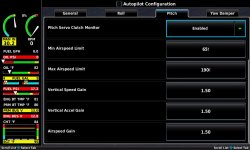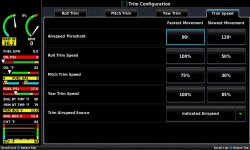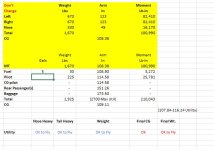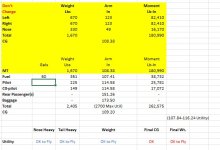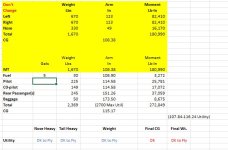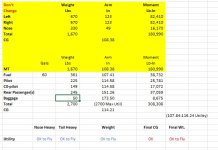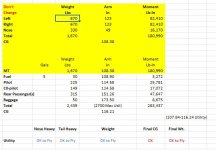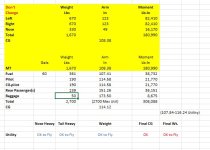Note that about everything you load in an rv-10 move the cg aft. In a lot of cases, this will mean that you will reach aft cg limits before you reach gross weight, limiting your max weight. As Carl said, putting bigger folks in front will help but may not be enough.
As my engine makes near 300hp, I went with the heavier MTV-9 prop. I also went with dual EarthX batteries in the stock location. This leads to a solo cg right on the forward cg limit. I typically carry ballast in this situation to move the cg back. The airplane has no issues carrying the ballast and it flies even better around center cg. As others have said, collapsible water cubes work really well to hold ballast. In this configuration, I will almost always reach gross weight before aft cg limit, and am able to utilize all of the aircraft's performance.



